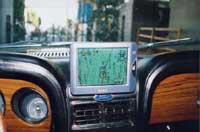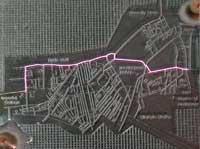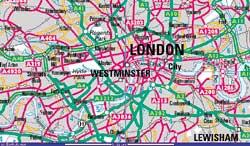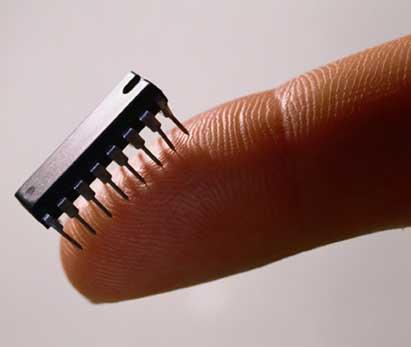Helium will tell what is the shortest way
2002/05/17 Lasa Iglesias, Aitziber - STEAM Hezkuntza arloko arduraduna
It is not new that there are tools for this. Using the GPS system, a computer will place the house, the beach and the stops on a device and calculate which of the routes is the shortest. But as the number of stops increases, the mathematical system that must solve the computer is so complex that sometimes it is not possible to get a solution. In fact, mathematicians and computer scientists have been working for years to improve the resolution of these systems.

Now, Imperial College of Science, Andreas Manzes of Technology and Medicine in London and George Whitesides and their Hardvard University work teams have invented an entirely different system. Its core is helium.
First, the map of London has been engraved on a glass chip and covered by another fine and soft glass foil. Thus, the streets of London have created a ‘pipeline network’ under the chip, which have filled the helium tubes. The first and last point of the route is marked and the shortest of all roads is ‘lit’. But how?
The electric current flows when two points of different electrical potential are joined. As in hydrants the water goes from above (from higher to lower height), the electric current goes from greater to lower potential. But to do this you have to put the way, either by cable or, as in this case, it is a gas that can be ionized (like helium). That is, you have to put a material medium to pass the current of the electrons (the electric current) from one terminal to another.

In this new chip, considering the start and end points of the route and applying the potential difference by electrodes, just as the mountain waters descend from the steeper path, the electric current flows through the shortest path between the two points, that is, the helium shines on the shortest path. The helium of this network of pipes behaves in the same way as in fluorescent bulbs, that is, the gas atoms located between two terminals of different voltage are ionized and released light. Therefore, the shortest path is the one that illuminates.
In any case, will it be possible to take into account the streets, traffic lights and mandatory addresses that are prohibited access? Perhaps the latter is the biggest obstacle of the invention. It is difficult to think that devices that can make a serious competition to digital computers will come out.

Gai honi buruzko eduki gehiago
Elhuyarrek garatutako teknologia






